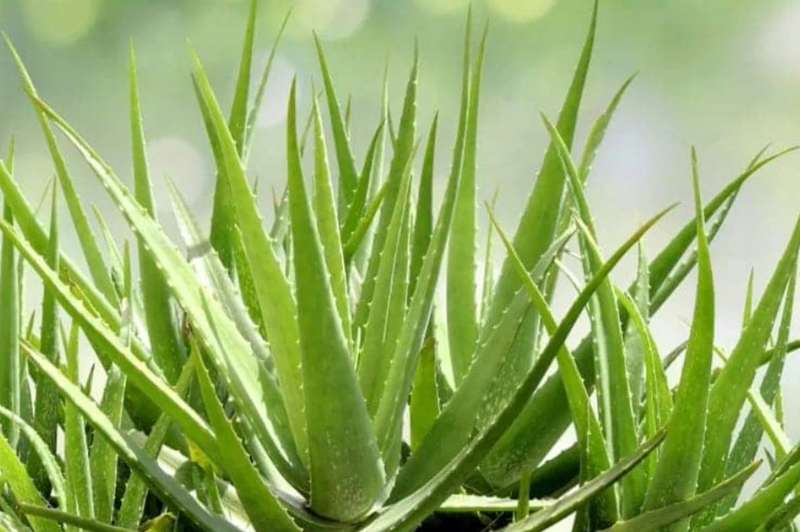
ALOE VERA / BARBADOS ALOE / ALOE BARBADENSIS - 30 SEEDS
Check my rate
| Main centres: | 1-3 business days |
| Regional areas: | 3-4 business days |
| Remote areas: | 3-5 business days |

| Main centres: | 1-3 business days |
| Regional areas: | 3-4 business days |
| Remote areas: | 3-5 business days |
The most well-known type of aloe is Aloe vera. Aloe is derived from the Arabic word alloeh, meaning 'bitter and shiny substance' and vera comes from verus in Latin, meaning 'true'. The other botanic name for Aloe vera is Aloe barbadensis, from which it gets its other common name, Barbados aloe.
Aloe vera, or Aloe barbadensis, is a thick, short-stemmed plant that stores water in its leaves. It is best known for treating skin injuries but has several other uses that could benefit health.
Aloe is used topically (applied to the skin) and orally. Topical use of aloe is promoted for acne, lichen planus (a very itchy rash on the skin or in the mouth), oral submucous fibrosis, burning mouth syndrome, burns, and radiation-induced skin toxicity.
Aloe vera is a medicinal plant with antioxidant and antibacterial properties. Aloe vera benefits can include reducing dental plaque, accelerating wound healing, preventing wrinkles, and managing blood sugar.
The cosmetic, pharmaceutical, and food industries use aloe vera extensively, and the plant has an estimated annual market value of $13 billion globally.
Aloe vera is known for its thick, pointed, and fleshy green leaves, which may grow to about 1219 inches (3050 centimeters) in length.
Each leaf contains a slimy tissue that stores water, making the leaves thick. This water-filled tissue is the gel that people associate with aloe vera products.
The gel contains most of the beneficial bioactive compounds in the plant, including vitamins, minerals, amino acids, and antioxidants. It has antioxidant and antibacterial properties
Antioxidants are important for health. Aloe vera contains powerful antioxidants belonging to a large family of substances known as polyphenols.
Aloe vera is known for its antibacterial, antiviral, and antiseptic properties. This is part of why it may help heal wounds and treat skin problems.
People most often use aloe vera as a topical medication, rubbing it onto the skin rather than consuming it. In fact, it has a long history of use in treating sores, and particularly burns, including sunburn, Tooth decay and diseases of the gums, mouth ulcers, or canker sores,
Aloe vera gel is also effective in killing a yeast found in the mouth known as Candida albicans.
Aloe vera may hep treat constipation. This time, it is the latex, not the gel, that provides the benefits. The latex is a sticky yellow residue present just under the skin of the leaf.
There is some preliminary evidence to suggest that topical aloe vera gel can slow aging of the skin.
People sometimes use aloe vera as a remedy for diabetes. This is because it may enhance insulin sensitivity and help improve blood sugar management.
It potentially helps hair growth